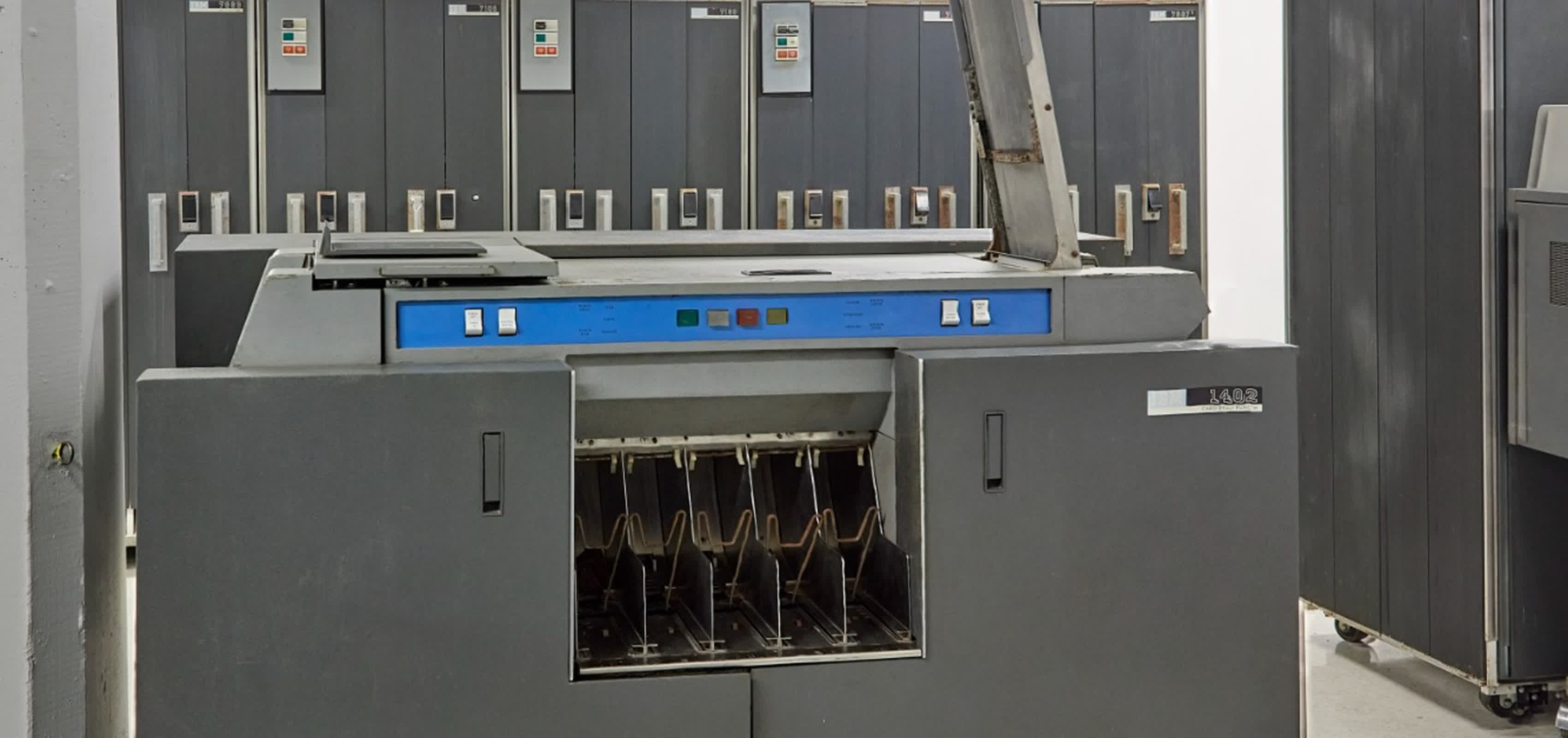In brief: An upcoming auction of the IBM 7090 at Christie's presents an opportunity to acquire a pivotal artifact from the early days of the digital era. This event is expected to draw considerable interest from museums, educational institutions, and collectors who are keen to safeguard a piece of computing history. The IBM 7090 stands as an emblem of the swift technological progress achieved during the late 1950s and early 1960s.
A piece of computing history has found its way to the auction block at Christie's, drawing the attention of technology enthusiasts and collectors alike. The IBM 7090 Mainframe, a groundbreaking machine from the late 1950s, is up for grabs, with bidding expected to reach between $40,000 and $60,000. In the 1950s, acquiring a brand-new IBM 7090 was a significant financial investment, with the price tag reaching $813,000.
The IBM 7090 was introduced in 1959 and represented a pivotal shift in computing technology. Unlike its IBM 709 predecessor, which relied on vacuum tubes, the 7090 utilized transistors, marking a significant leap in efficiency and reliability.
This transition to a transistorized architecture allowed the 7090 to execute approximately 229,000 instructions per second, making it one of the fastest computers of its time. Its advanced capabilities made it indispensable for complex scientific and engineering tasks, including aerospace engineering, weather forecasting, and nuclear research.
Its technical prowess played a crucial role in establishing IBM's dominance in the mainframe market. It set new standards for performance and reliability, paving the way for subsequent innovations in the field.

For example, the IBM System/360 series was influenced by the technological advancements and architectural principles established by the IBM 7090 and its successors. The System/360, introduced in the mid-1960s, was a groundbreaking series that emphasized compatibility and scalability, concepts that were central to the 7090's design philosophy.
The mainframe being auctioned is part of the Paul G. Allen Collection, acquired from a Weapons Research Establishment in South Australia in 2017. This lot includes not only the IBM 7090 itself but also a plethora of peripherals and documentation.
Among the items are an IBM 7151 console control unit, an IBM 711 card reader, two IBM 7617 Data Channel Consoles, thirteen IBM 729 magnetic tape units, and an IBM 1401 mainframe computer. Additionally, the auction includes a trolley of instruction manuals, numerous archival boxes of punched cards, and user manuals.

Despite its historical significance, the IBM 7090's capabilities are dwarfed by modern technology. Today, even a basic smartphone surpasses the processing power of this once-revolutionary mainframe. A contemporary smartphone's processor can easily surpass the computational power of the IBM 7090 by a factor of thousands or even millions.
